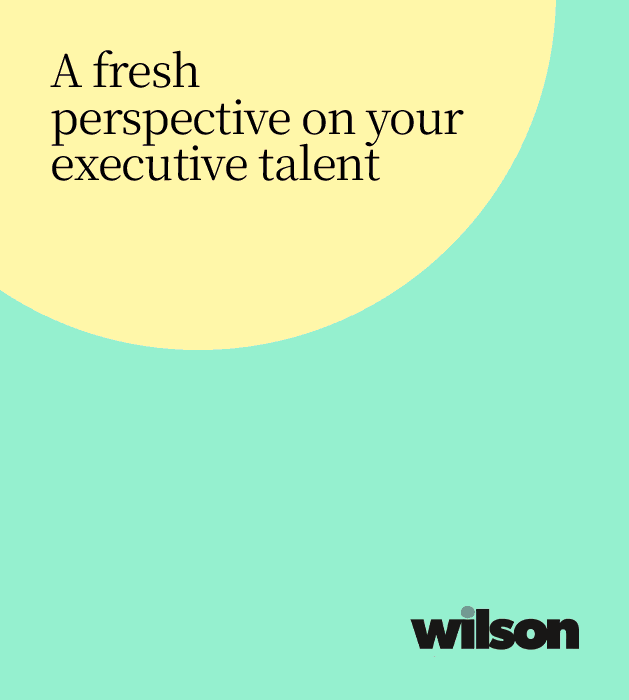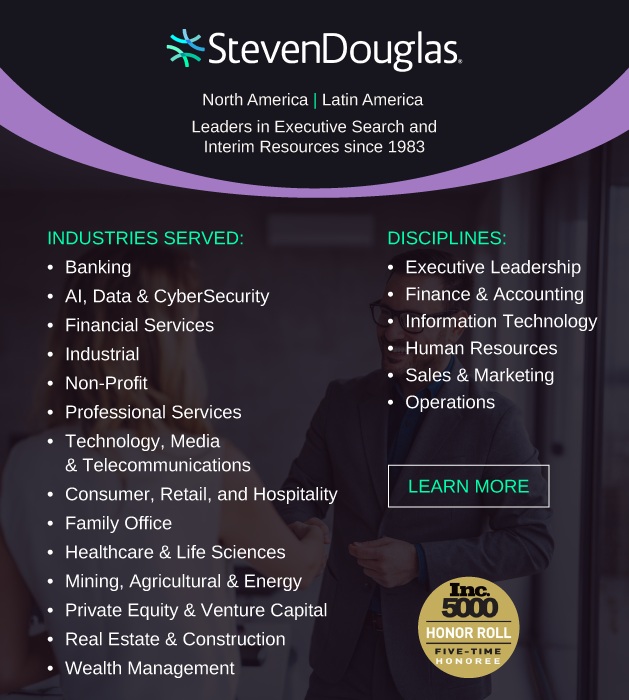Private equity is navigating through volatility, liquidity pressure, and geopolitical instability. But opportunities are emerging for firms bold enough to act. Scott Scanlon, CEO at Hunt Scanlon Ventures, unpacks Bain’s latest analysis and explains how playbooks are shifting in real time – with talent strategy playing an increasingly central role.
2025 opened with promise. The first quarter brought strong deal activity and favorable credit markets. But by April, new tariff announcements upended sentiment. The policy shock sent ripples through global markets, and deal momentum quickly faltered.
According to Bain & Company’s Midyear Private Equity Report, “tariff turmoil has held back deals and exits while investors digest the implications, both short and long term.” The value of deals announced in April fell 24% below the Q1 monthly average. Exit activity slowed sharply, especially IPOs, which “essentially shut early in the second quarter,” the report noted.
“Macroeconomic shocks aren’t just financial events anymore. They are talent events,” said Scott Scanlon, CEO at Hunt Scanlon Ventures. “Leadership pipelines, cross-border team structures, and hiring plans are all being reevaluated. The best firms are treating human capital like a hedge against uncertainty.”
The Right Leaders
The deal slowdown is amplifying an already pressing issue: liquidity. The report noted that distributed to paid-in capital ratios for funds raised in 2018 remain well below historical benchmarks, just above 0.6x compared to a norm of 0.8x.
LPs are feeling the strain. More than 60% now prefer conventional exits, even if it means selling below recent marks. Partial exits and dividend recaps are losing favor.
“Dry powder without a talent thesis is just cash waiting to underperform.”
General partners, in turn, are being forced to get more creative. Some are tapping secondaries. Others are “taking their medicine” and selling at discounts to return capital to LPs, the report said.
This pressure is prompting deeper assessments of portfolio company leadership. In a constrained exit environment, firms need to prove their teams can execute operational value plans – not just hold out for a market rebound.
“This is a moment where talent strategy can make or break liquidity planning,” Mr. Scanlon noted. “If firms can’t prove they have the right leaders in place to deliver, LPs are going to hesitate even more.”
Talent Gatekeepers
The pressure to distribute is coinciding with one of the toughest fundraising environments in over a decade. The report said that none of the buyout funds closed in Q1 2025 were larger than $5 billion, a first in 10 years.
The global buyout fundraising market may avoid a sixth straight quarterly decline, but only narrowly. “Fund-raising has never been so hard,” Bain noted bluntly. Weak distributions, valuation concerns, and tariff fallout have LPs pausing or slowing commitments.
Talent is increasingly becoming part of the due diligence process for LPs as they look to differentiate among managers. Firms that can point to proven operating executives, resilient leadership teams, and smart succession plans have a clearer fundraising narrative.
“For every dollar raised, LPs are now asking: ‘What talent have you put in place to protect it?’” said Mr. Scanlon. “Operational leadership, board quality, succession planning – these are no longer soft signals. They’re core to the pitch.”
Dry Powder Meets Deployment Pressure
Despite the constraints, GPs are sitting on $1.2 trillion in dry powder, with nearly a quarter of that capital untouched for four years or more. This is creating an urgent push to transact, but with discipline.
“For every dollar raised, LPs are now asking: ‘What talent have you put in place to protect it?’” Operational leadership, board quality, succession planning – these are no longer soft signals. They’re core to the pitch.”
The firms finding success are those leaning into complexity. According to Bain, “PE firms must excel at creative dealmaking, due diligence, and value creation to make the most of the opportunities that will flow out of today’s uncertainty.”
Increasingly, that means evaluating human capital with the same rigor applied to financials. From the bench strength of management teams to organizational adaptability, talent is becoming a competitive edge in deal execution.
“Dry powder without a talent thesis is just cash waiting to underperform,” Mr. Scanlon said. “The firms doing real diligence are benchmarking leadership teams, stress-testing organizational depth, and investing in people the same way they do in products.”
Adaptable Leadership
The second half of 2025 may depend on how quickly tariff-related uncertainty clears. But even if policy risk eases, Bain suggests that “tomorrow’s winners will be those that can also gauge the long-term ability of companies to adjust to a new, post-globalized era,” the report noted.
That ability hinges on more than financial agility. It will demand adaptable leadership, a clear talent roadmap, and the operational discipline to implement value-creation plans quickly.
“Talent is not a separate lever. It’s the throughline,” Mr. Scanlon emphasized. “From diligence to deployment, from capital calls to culture transformation, the firms that treat talent as a strategic asset will lead not just in performance, but in resilience,” he said.
Article By

Scott A. Scanlon
Scott A. Scanlon is Co-CEO of Hunt Scanlon Ventures, which was formed to assist human capital firms realize their full investment potential. Scott has spent the last three years building the firm’s M&A advisory unit, which now offers a full range of critical solutions to guide founders and their management teams to successful exits. Connect with Scott.






